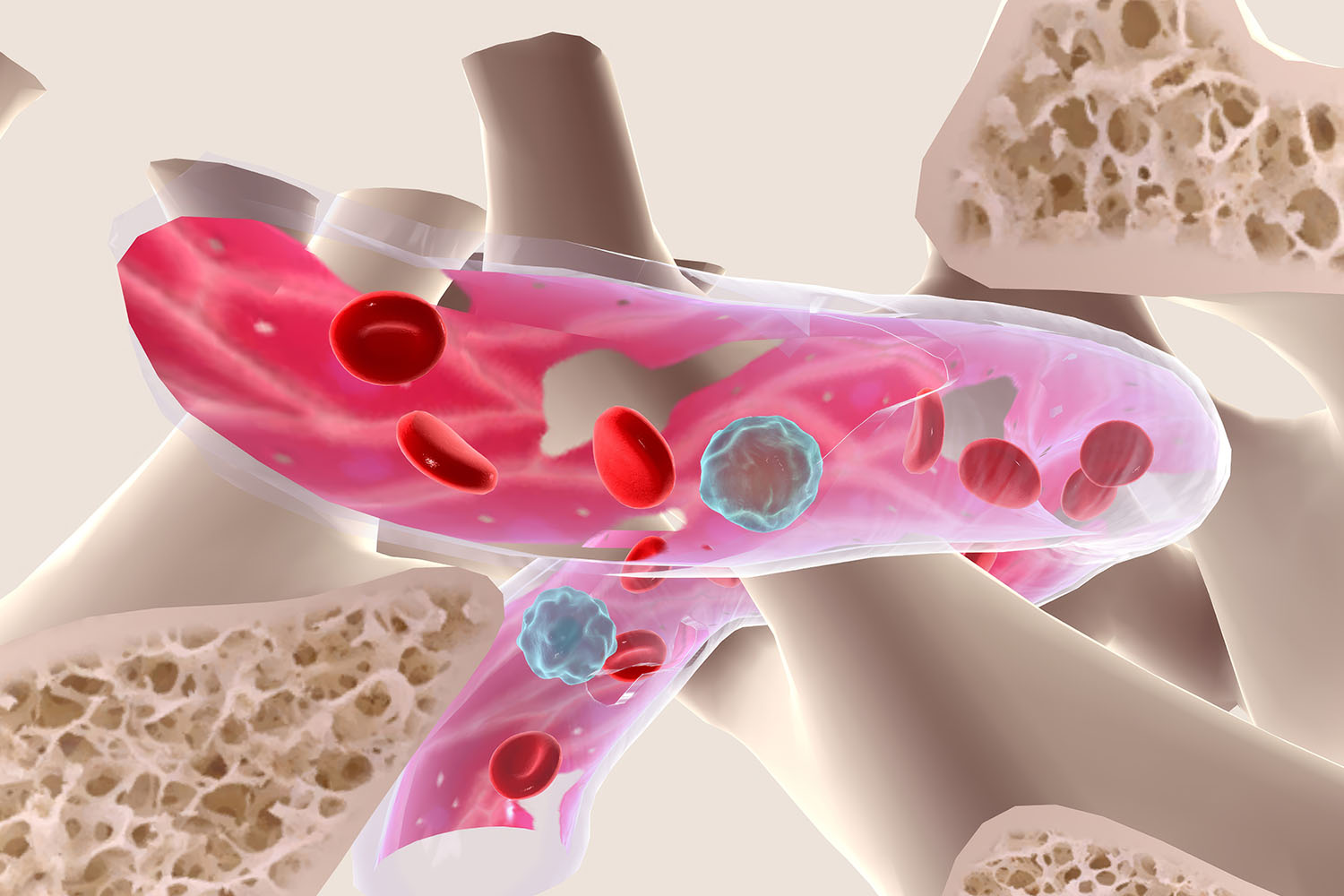Overview
Bone marrow biopsies are crucial medical procedures used to diagnose and monitor various conditions, including blood disorders, cancers, and bone marrow diseases. While these biopsies are essential for accurate diagnosis and treatment, they can leave behind a noticeable mark known as a bone marrow biopsy scar. Understanding the nature of these scars, their implications, and how to care for them is essential for patients undergoing this procedure.
What is a Bone Marrow Biopsy?
A bone marrow biopsy involves extracting a small sample of bone marrow tissue, usually from the hip bone, using a specialized needle. This sample is then analyzed in a laboratory to detect abnormalities. The procedure is generally safe and performed under local anesthesia, but it can result in minor complications, including the formation of a bone marrow biopsy scar.
The Formation of a Bone Marrow Biopsy Scar
After the biopsy, the skin and underlying tissues need time to heal. During this healing process, a bone marrow biopsy scar may form at the site of the needle insertion. Scarring is a natural part of the body’s healing process and occurs when the dermal layer of the skin is damaged and fibrous tissue replaces the normal skin tissue.
Characteristics of a Bone Marrow Biopsy Scar
The appearance of a bone marrow biopsy scar can vary depending on several factors, including:
- Individual Healing Response: Some people naturally heal with minimal scarring, while others may develop more noticeable scars.
- Biopsy Technique: The skill of the healthcare provider and the technique used can influence the size and appearance of the scar.
- Aftercare: Proper wound care following the procedure can significantly affect scar formation.
Minimizing Bone Marrow Biopsy Scars
International research suggests several strategies to minimize the appearance of a bone marrow biopsy scar:
- Proper Wound Care: Keeping the biopsy site clean and dry, and following the healthcare provider’s instructions can promote optimal healing.
- Topical Treatments: Applying silicone gels or sheets can help reduce scar formation. These products are widely recommended for their effectiveness in managing hypertrophic and keloid scars.
- Massage: Gentle massaging of the scar tissue can improve its texture and appearance over time.
- Sun Protection: Protecting the scar from sun exposure can prevent it from becoming darker and more noticeable.
Psychological Impact of Bone Marrow Biopsy Scars
For some patients, the bone marrow biopsy scar can be a reminder of their medical journey, which can be emotionally challenging. It’s important to address these concerns with a healthcare provider, who can offer support and possible treatments to reduce the scar’s appearance.
Advances in Scar Management
Recent advances in dermatology and scar management offer new hope for those concerned about their bone marrow biopsy scar. Laser treatments, microneedling, and other dermatological procedures can significantly improve the appearance of scars. These treatments are becoming more accessible and effective, providing patients with more options to address their concerns.
A bone marrow biopsy scar is a common but manageable consequence of a critical diagnostic procedure. Understanding the factors that contribute to scar formation and exploring effective treatment options can help patients minimize the impact of these scars on their lives. By staying informed and proactive about scar care, individuals can better navigate their recovery and maintain their well-being.
For anyone undergoing a bone marrow biopsy, it’s essential to discuss concerns about scarring with a healthcare provider. They can provide personalized advice and recommend appropriate treatments to ensure the best possible outcome.



